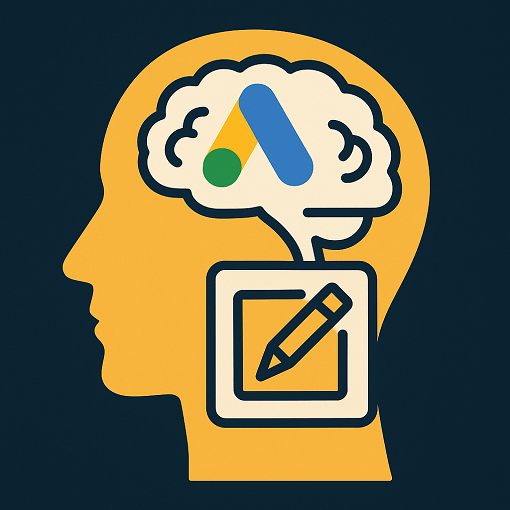Many years ago I sold printing to businesses. This was before the internet, mobile phones, reality TV and, yes, even the Spice Girls. My job was to drum up new customers by walking around the streets of South Auckland, knocking on doors trying to locate someone who was close to running out of printing. I was a Chris, trying to be a Johnny-on-the-Spot salesperson.
The strategy was tiring but back then it worked. It was purely a numbers game. The more streets you covered, the greater your chances of finding someone in need. But even when I found someone with a smidgen of need, rarely did they order then and there. I had to leave a card with address details on it. They then posted through a copy of the printing they wanted. I hand delivered a printed quote. They thought about it, chatted with their office pals, forgot about it, remembered it again and if I was lucky the office fax made a beep and a quickly fading order form was put on my desk. Bingo.
Now enter the internet.
Prospects now browse and find what they want. Then they enter the period of pondering. Decision made, they get back online and place that order. The bit at the start and end have radically changed. Nevertheless, that middle part – the thinking bit – still remains. It’s just that they use a group of channels to find the answers they want.
The key to online marketing is predicting what happens during the thinking stage. Thankfully, there’s a part of your Google Analytics account that can help you uncover some of this. More on where to find this in your account later – but first let’s look at the image below. It shows some serious thinking going on BEFORE the conversion occurred.

Both boxes reveal two groups of people and their pondering journey before they chose to invest in some high end business services. The first looked at the website 32 times, the second 38. Each visit was defined by the prospect typing in the URL of the business into their browser (which we call Direct Traffic) and heading back for one more look. The good thing is that both groups ended up purchasing and neither used any paid traffic sources to bring them back for their 30-plus visits.
The next image tells a very different story.

Again, thankfully the person converted, but this time they mixed up their journey with 10 visits as direct traffic, one from the middle (organic) part of Google, another 15 as direct traffic, one via a link click on an email message they received, and, finally, one link in direct traffic before (phew!) after which they converted and purchased. Now for a colourful series of pictures that plot a journey across different platforms. Below is an example that begins with Paid Search (Google), crosses platforms into Facebook, bounces back into Direct Traffic (twice), then doubles back into Organic Google and then Direct Traffic six times before the decision to buy.

If your website has Google Analytics goal tracking enabled then you can find your own shapes, colours and hints of thinking stories deep within the Conversions part of your account. Within there, look in the “Multi-Channel Funnel” and pick the option called “Top Conversion Paths”.
All should be revealed. But what does it mean?
Some readers may be surprised how many different channels people use on their journey to conversion. On closer inspection, one channel may be very good at “kickstarting” the process while another could be the “closer” that always ends up as the last channel before the sale converts. How the sale is allocated to a channel within Google Analytics could mean that the closer has been getting all the glory while the kickstarter goes relatively unnoticed. Or you could begin to view your channels as not working in isolation but working collectively to generate a powerful force that moves people from browsing to buying. From our experience, tuning each channel to play its part can result in a serious lift in conversion rates.
Let me know if this interests you. And this month head over to the shapes and colours part of your Google Analytics report and try to debug some of the thinking going on.



